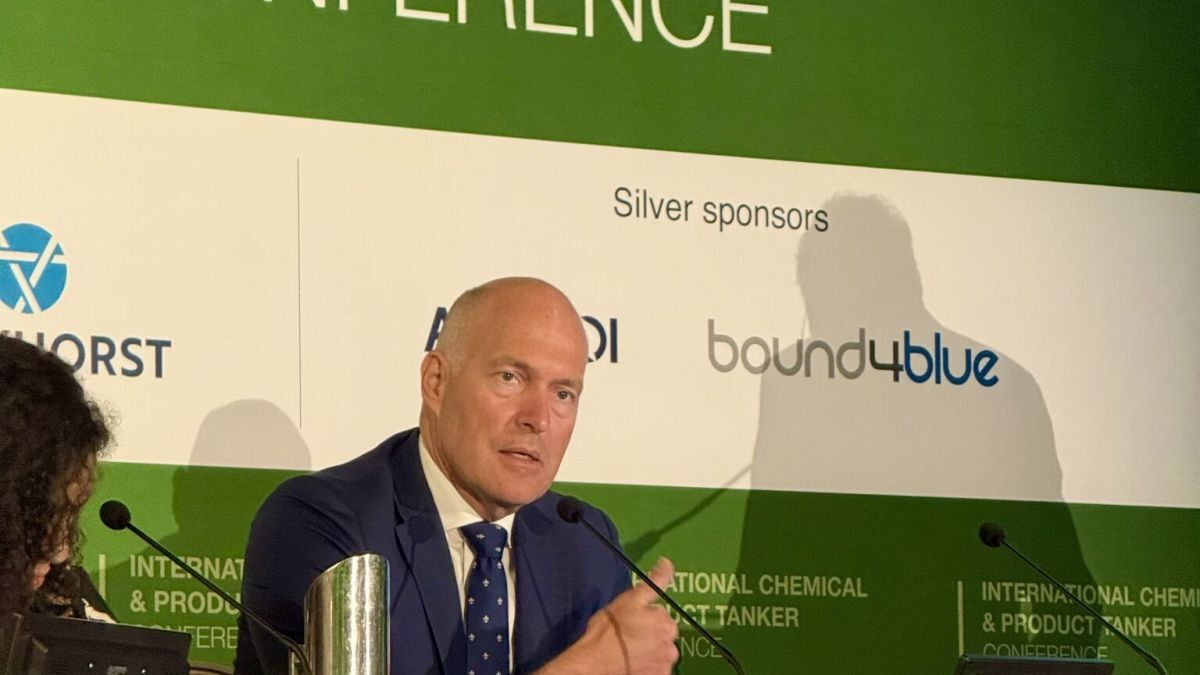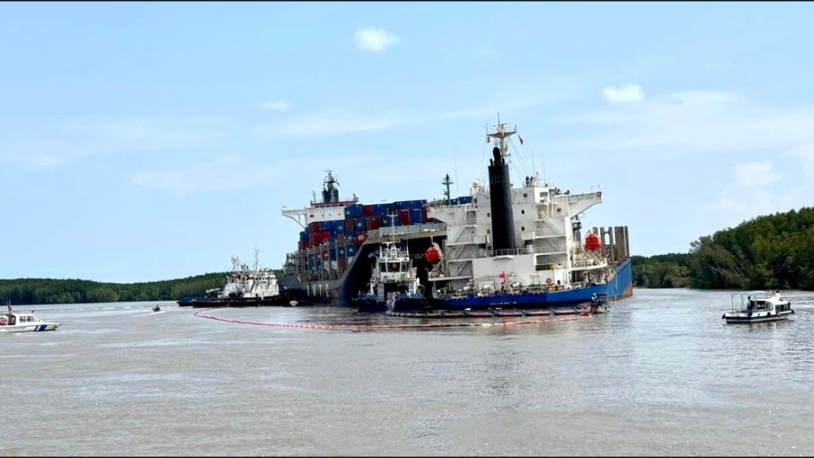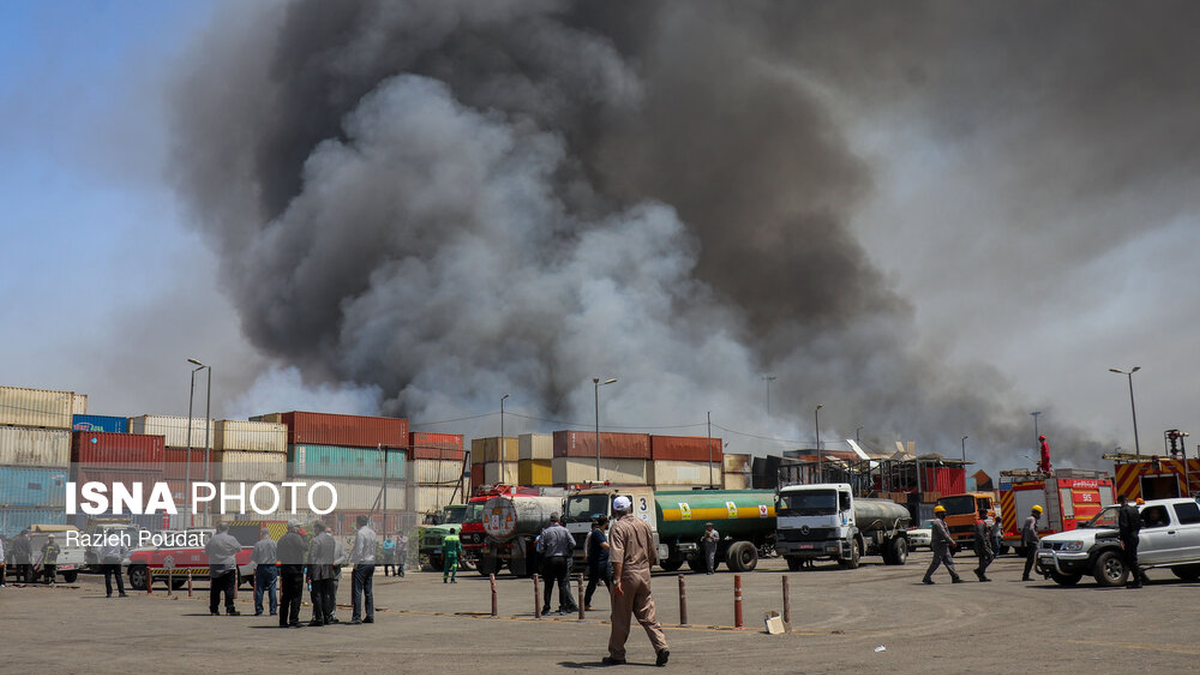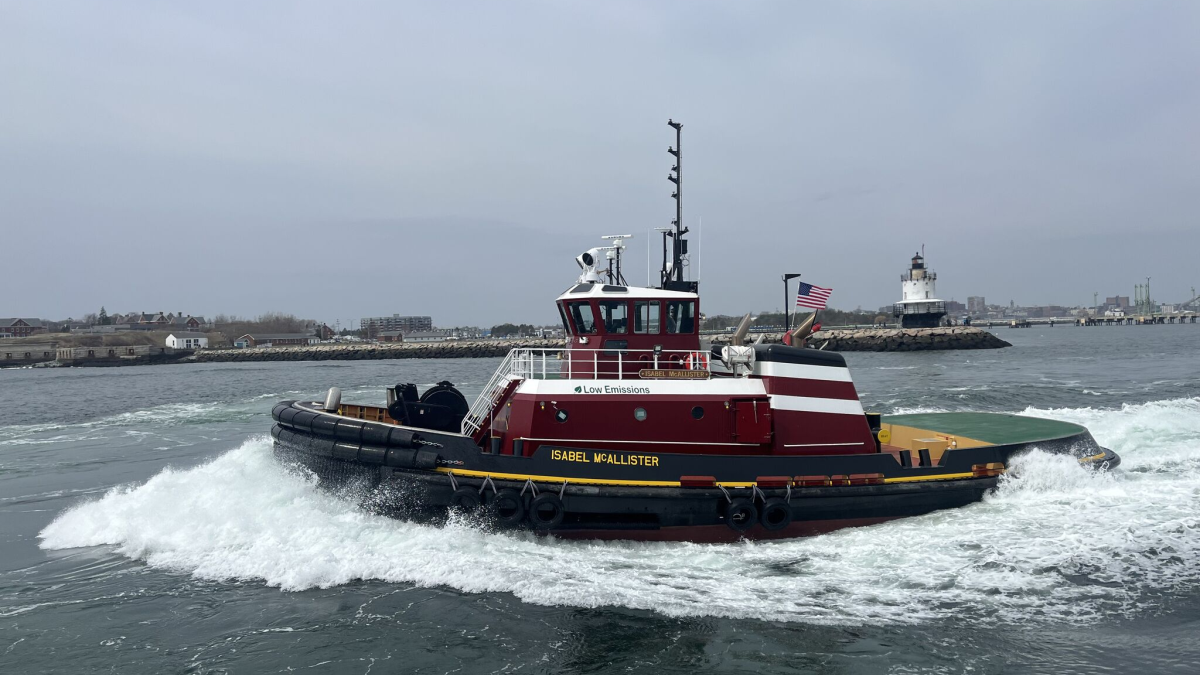Business Sectors
Events
Contents
Register to read more articles.
Tilbury LNG Expansion advances with new application
FortisBC of Canada files environmental application for Tilbury Phase 2, aiming to meet growing LNG demand and support the marine fuel transition
FortisBC has formally advanced its plans for the Tilbury Phase 2 LNG Expansion Project by submitting an Environmental Assessment (EA) application to the British Columbia Environmental Assessment Office.
The project, located at the existing Tilbury LNG facility near Vancouver, Canada, is designed to bolster LNG storage and liquefaction capabilities to meet rising demand for lower-carbon fuels. The expansion project aligns with British Columbia’s decarbonisation strategy and FortisBC’s ambitions to provide reliable energy to customers while supporting the global shift toward cleaner marine fuels.
If approved, the facility will gain a new LNG storage tank and additional liquefaction capacity, enabling it to serve both domestic energy needs and the emerging LNG bunkering market.
FortisBC president Roger Dall’Antonia said the expansion would help “ensure the resilience of the gas system” and provide a reliable energy supply during peak demand periods and emergencies.
The Tilbury facility, which produces LNG using hydroelectric power, already offers one of the world’s lowest carbon-intensive LNG supplies, according to the company.
The Tilbury Phase 2 project complements ongoing efforts to establish the Tilbury Marine Jetty (TMJ) as a key LNG bunkering hub for the west coast of North America. The TMJ, approved earlier this year, is a partnership between FortisBC and Seaspan Energy and will enable LNG-powered vessels to refuel in the Vancouver region, further advancing the local maritime sector’s decarbonisation efforts.
Seaspan Energy president Ian McIver noted during the LNG 2023 conference in Vancouver that the TMJ and related infrastructure are critical to addressing supply chain bottlenecks for LNG bunkering.
“We are committed to solving the supply chain problems that are related to accessing LNG,” said Mr McIver.
He highlighted Seaspan’s plans to introduce three LNG bunker vessels in 2024, each with a capacity of 7,600 m³, to serve ports along the west coast of Canada and the US.
This momentum also builds on a July 2024 Canadian government approval of the TMJ project, which positioned Vancouver as a key player in the LNG bunkering sector.
FortisBC, leveraging its Tilbury LNG facility, expects the expansion to unlock measurable air quality improvements for Metro Vancouver. A commissioned study estimated reductions of 84% in nitrogen oxide and 98% in sulphur oxide emissions when LNG is used as a marine fuel.
During the 180-day EA review process, which includes a 45-day public comment period, stakeholders will have the opportunity to engage with the project.
FortisBC noted its commitment to working closely with Indigenous communities, including the Musqueam Indian Band, to ensure environmental and economic benefits.
FortisBC and Seaspan’s collaborative initiatives reflect a broader strategy to transform British Columbia’s energy landscape. Whether through LNG bunkering or innovative technologies like hydrogen pyrolysis, both companies state they are working toward delivering sustainable energy solutions that align with CleanBC’s emissions reduction goals.
Riviera’s Maritime Decarbonization Conference, Americas will be held in Houston, Texas, 4 December 2024. Click here to register your interest in this industry-leading event.
Related to this Story
Events
Maritime Environmental Protection Webinar Week
Cyber & Vessel Security Webinar Week
The illusion of safety: what we're getting wrong about crews, tech, and fatigue
Responsible Ship Recycling Forum 2025
© 2024 Riviera Maritime Media Ltd.














